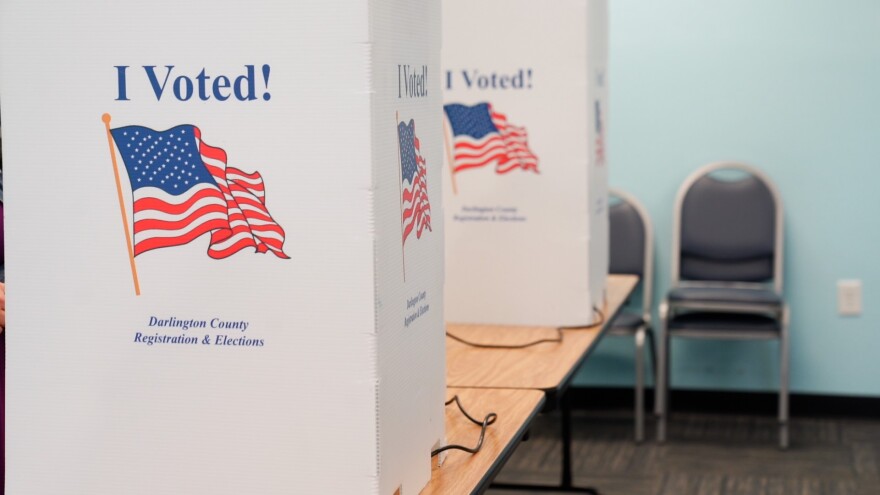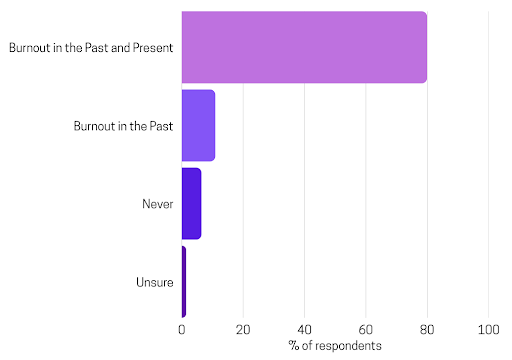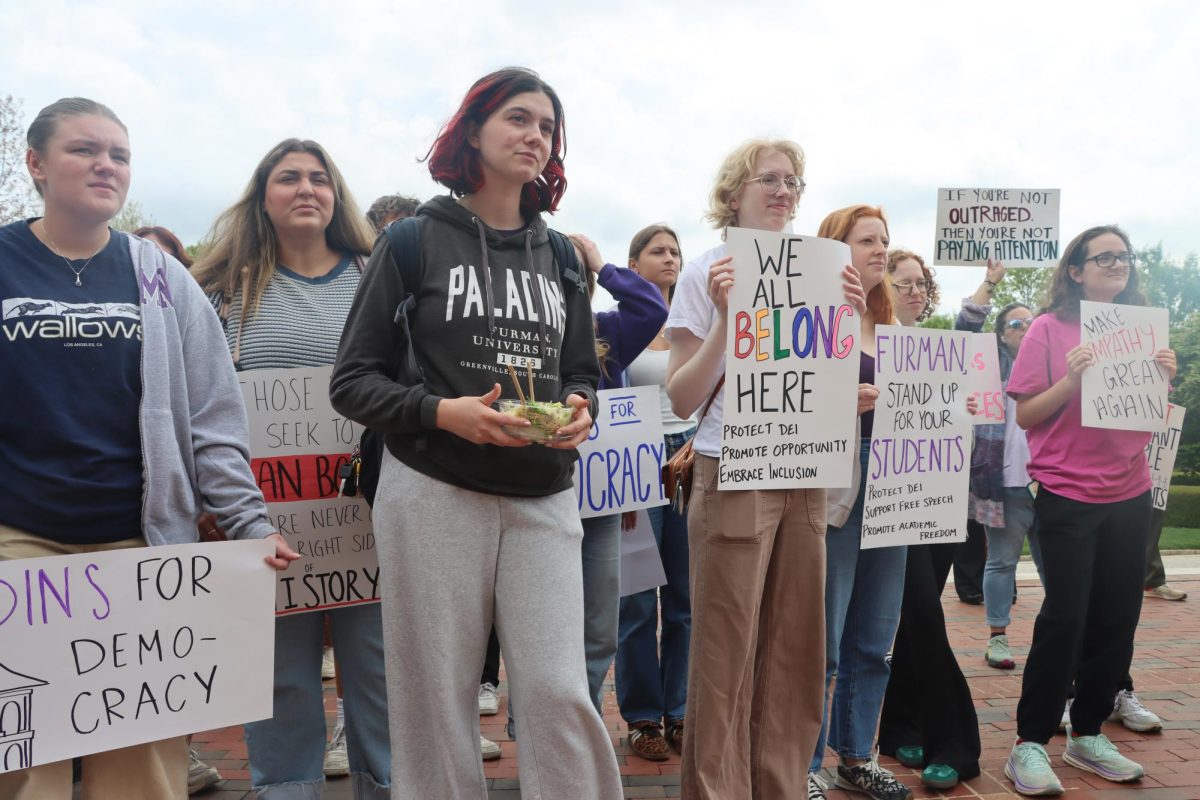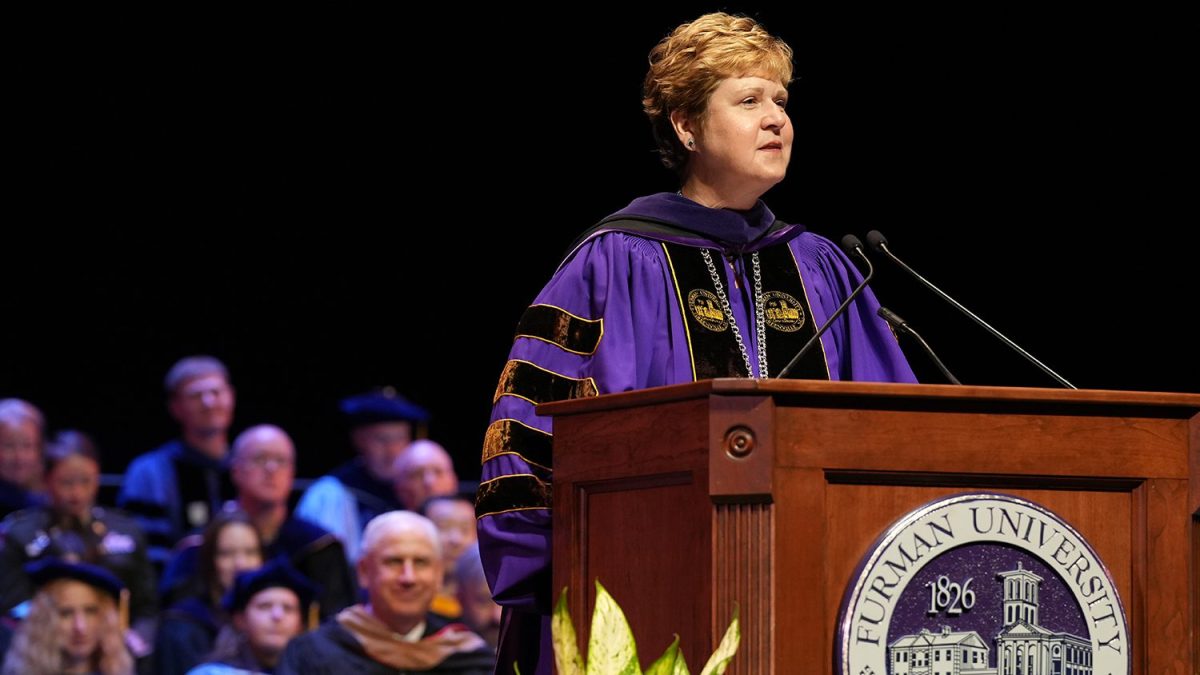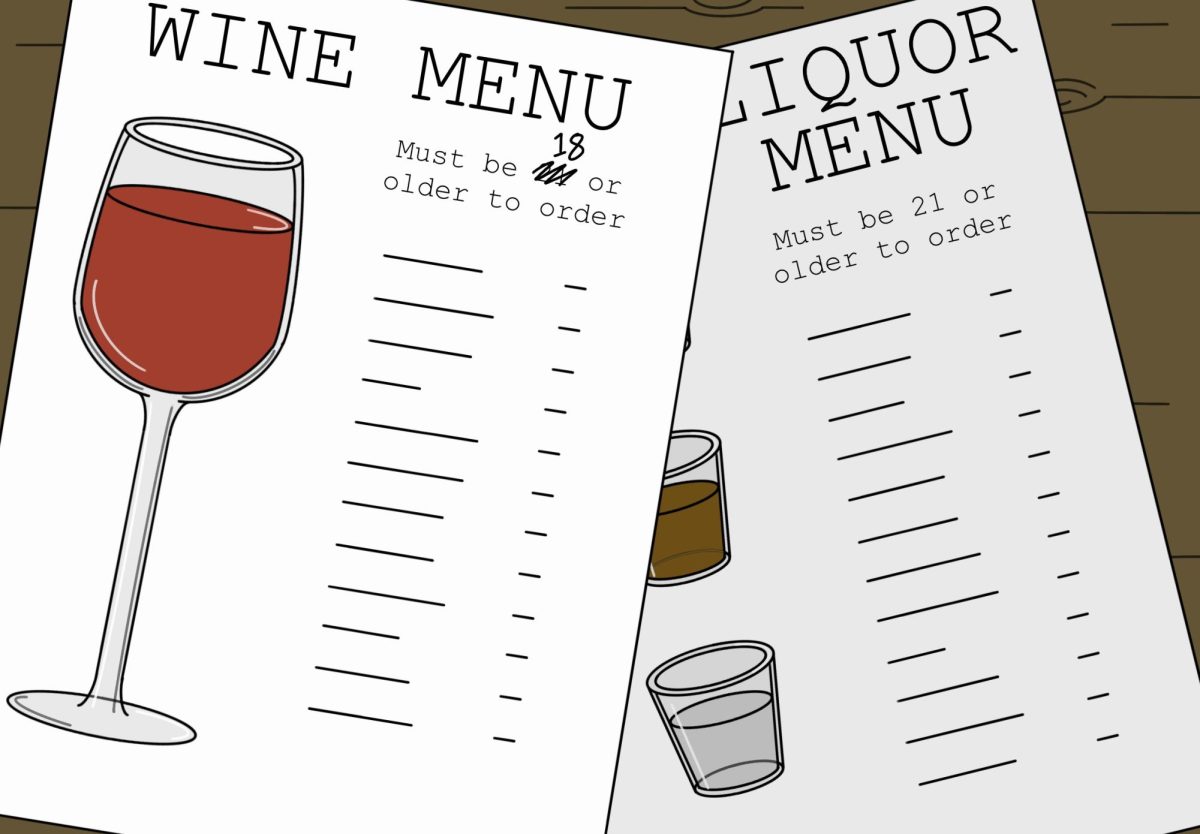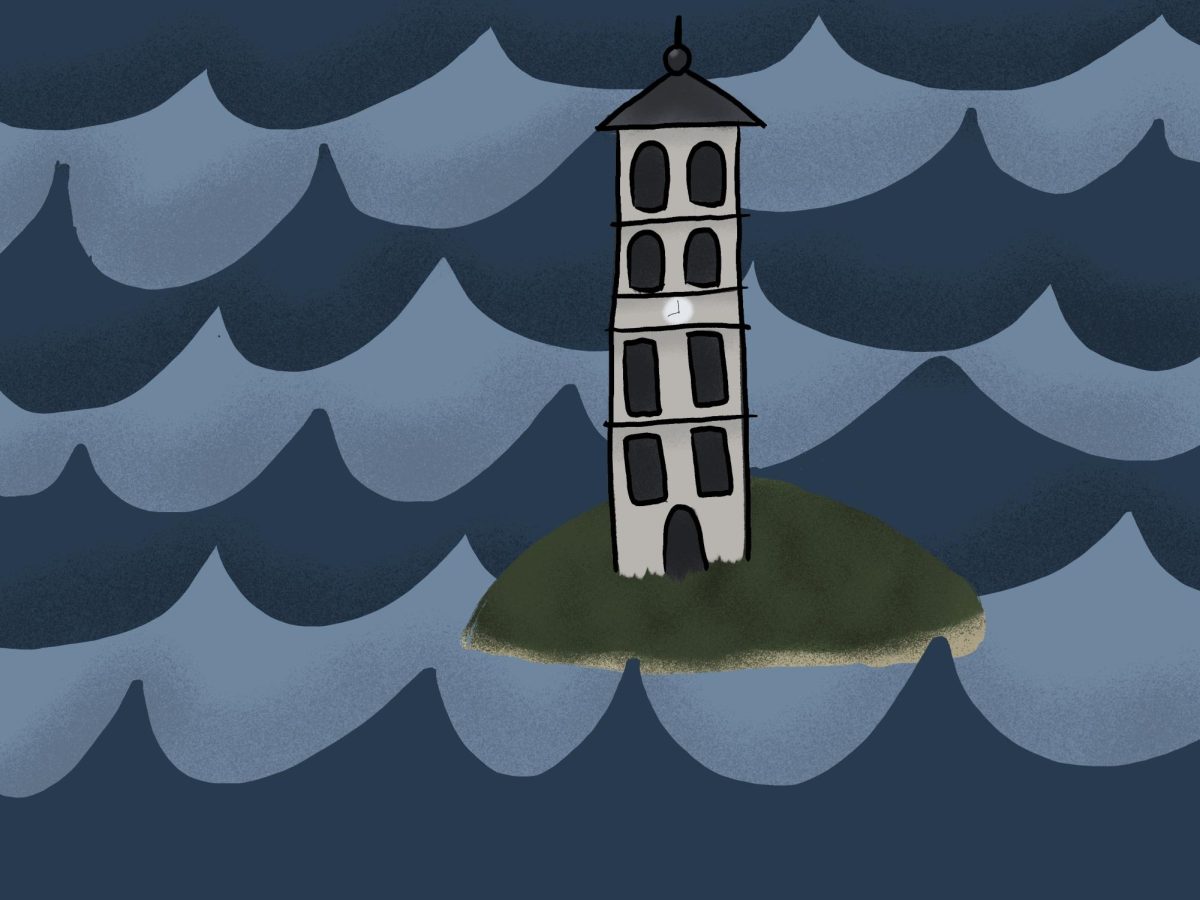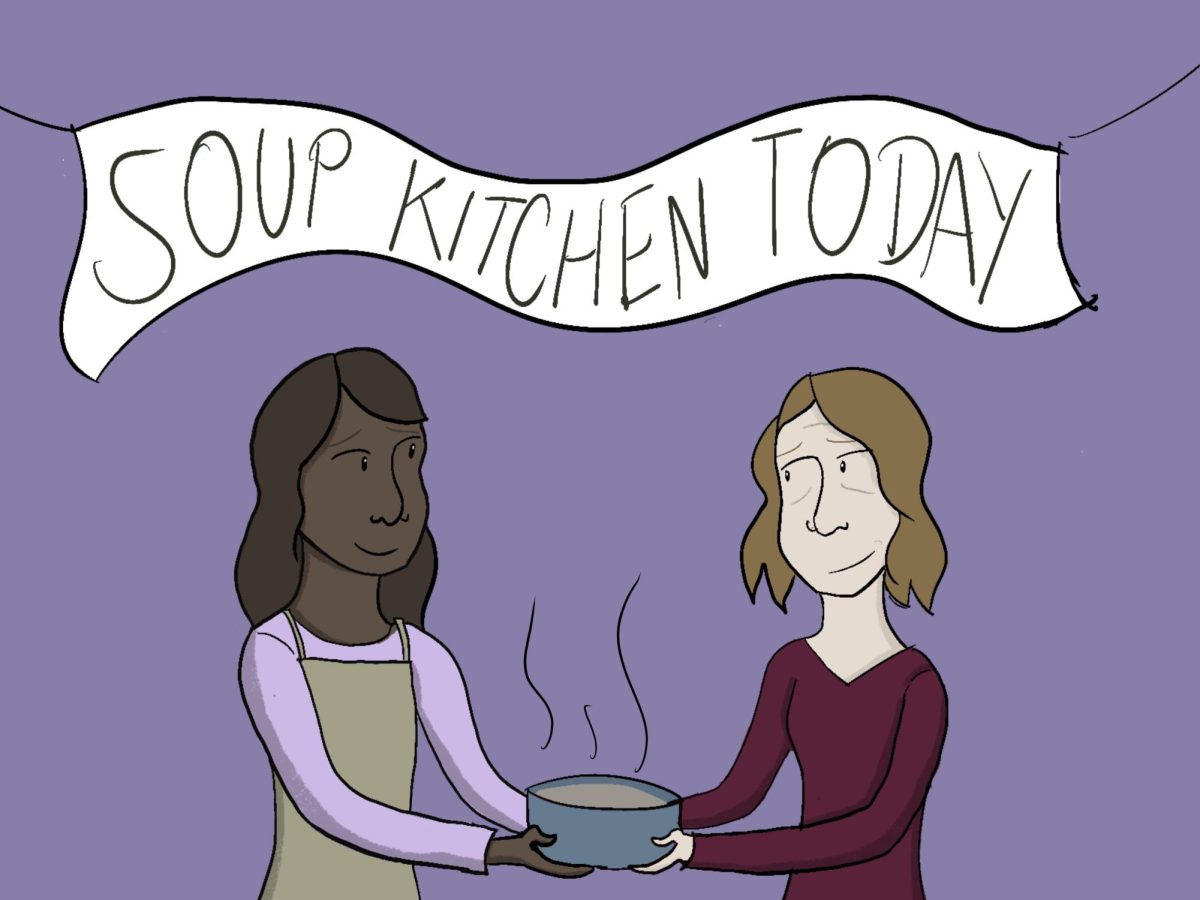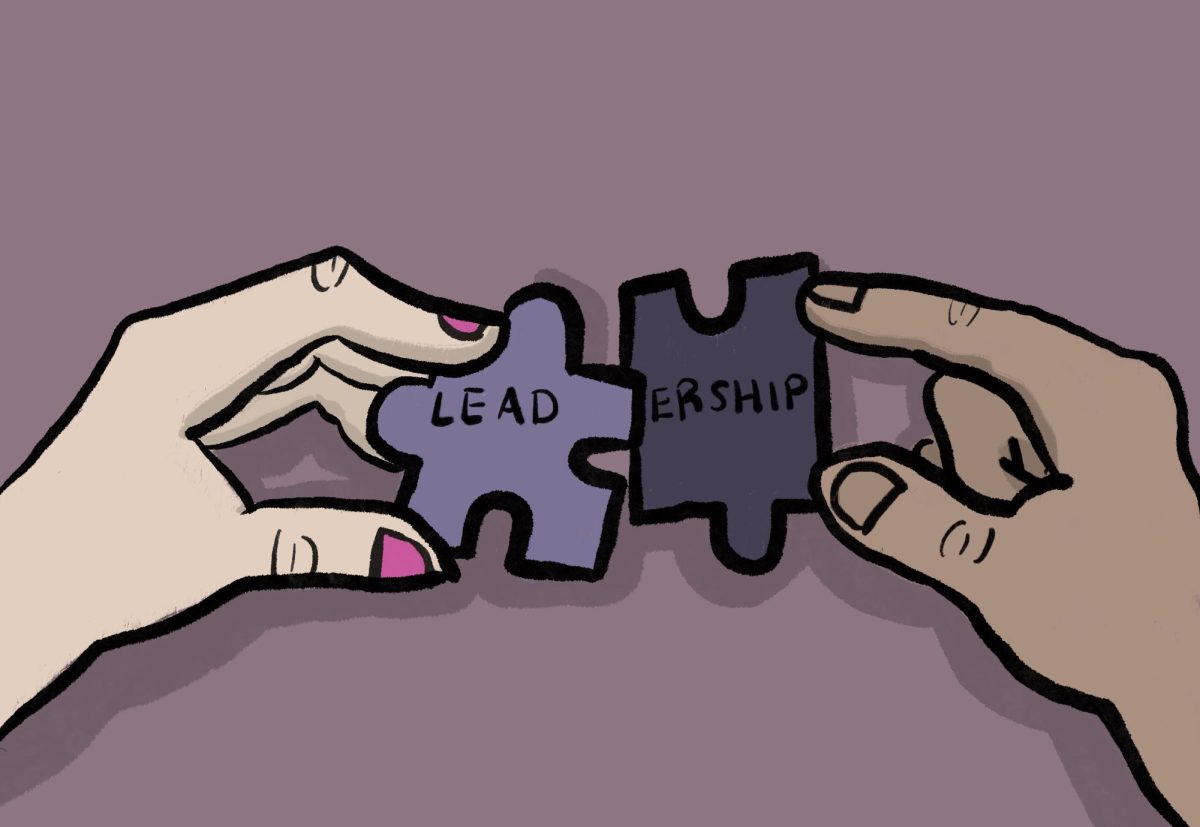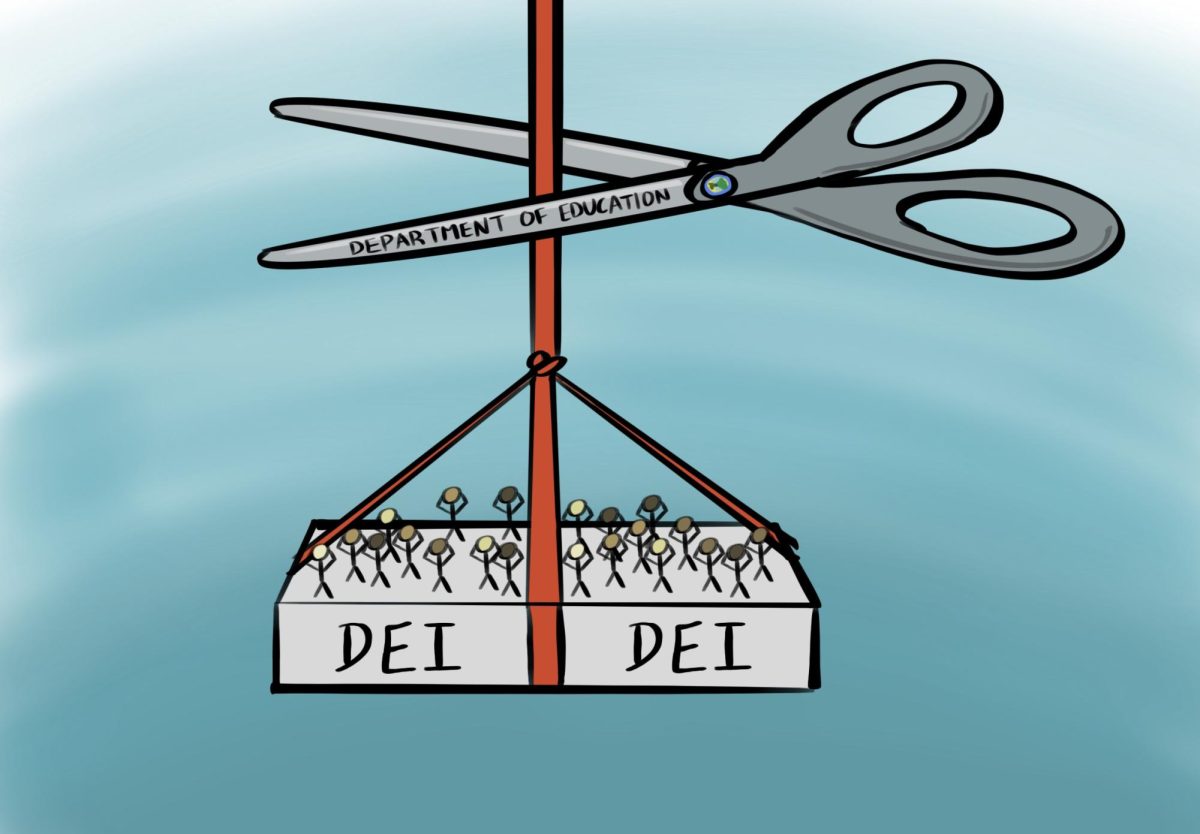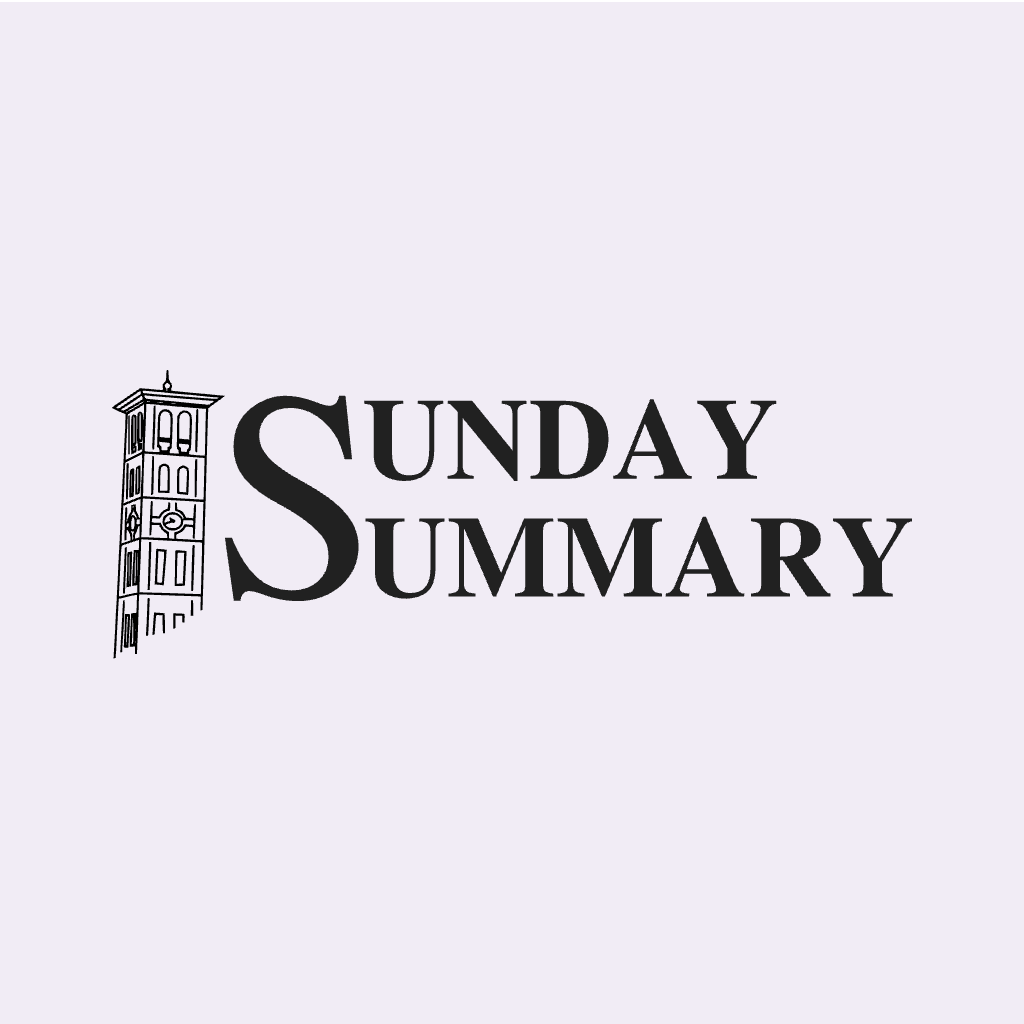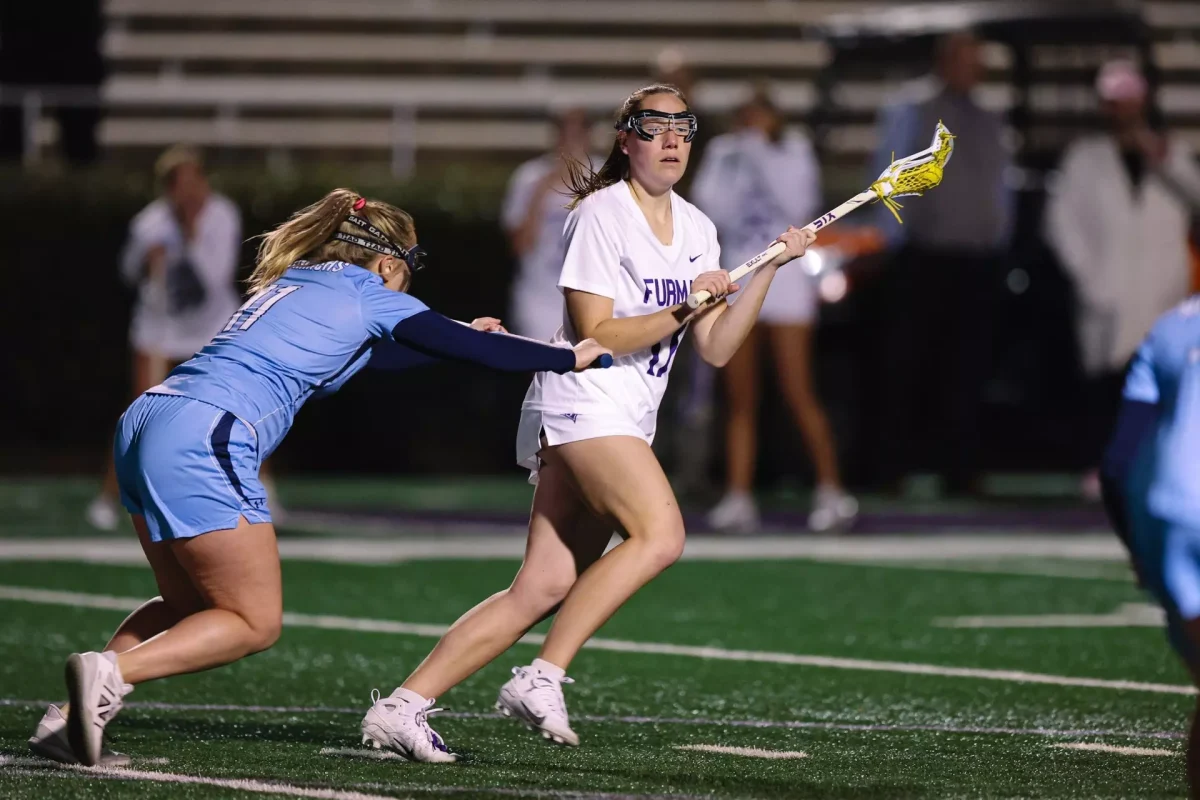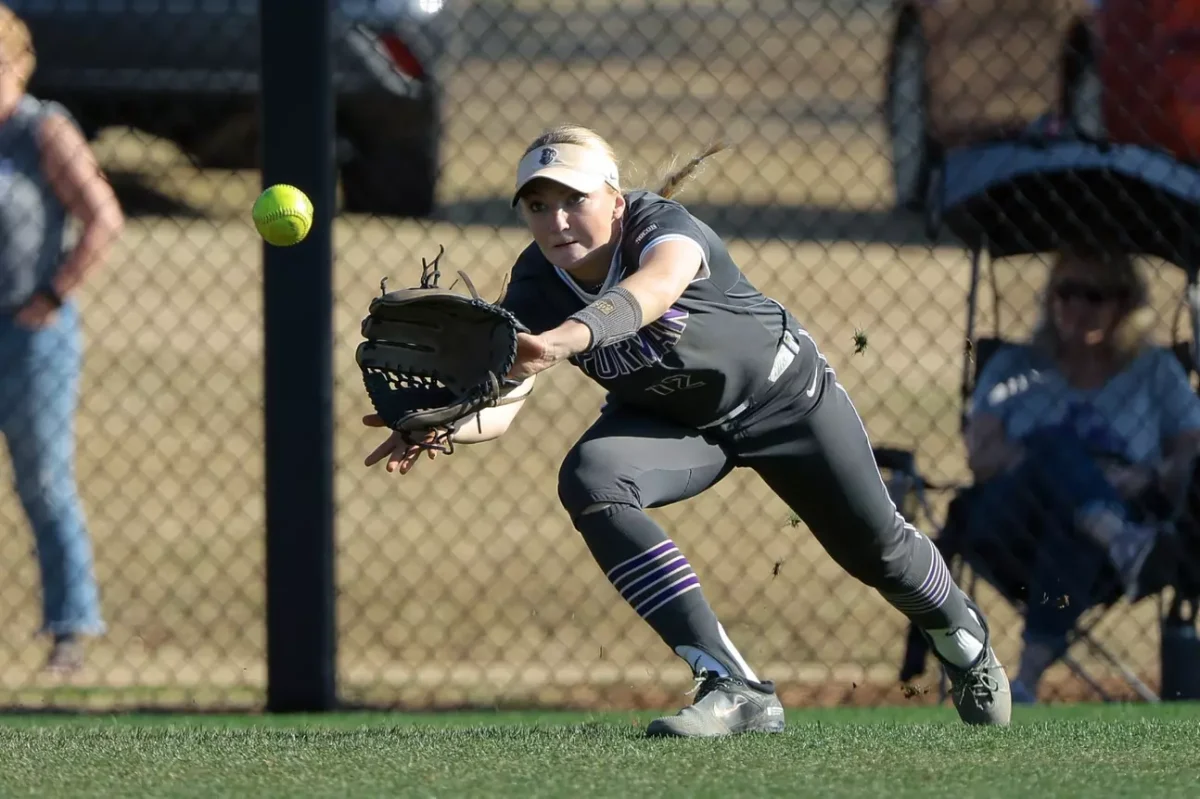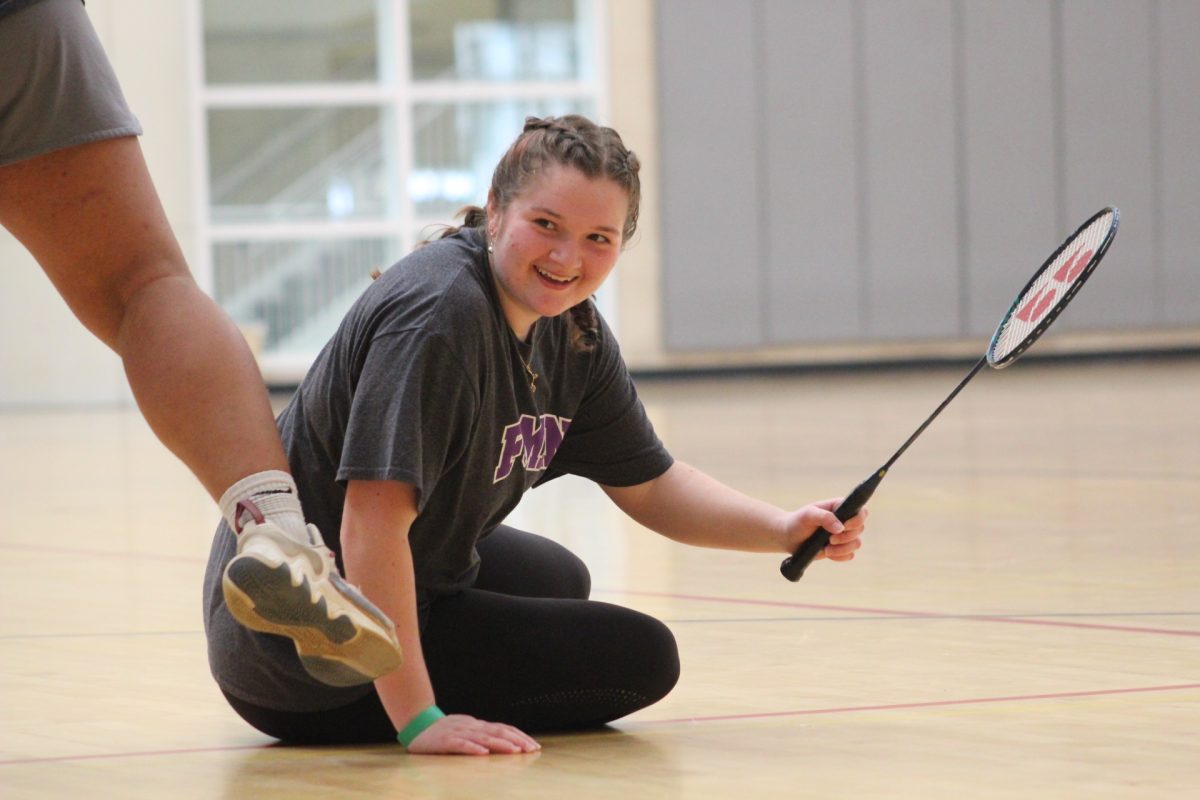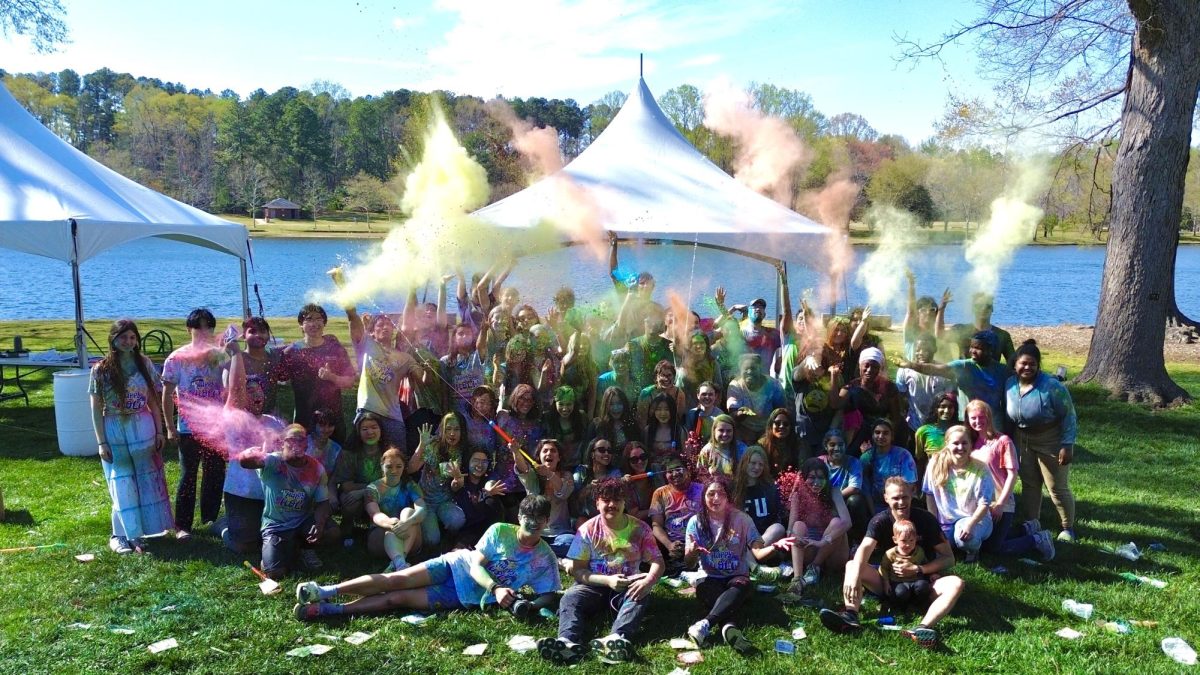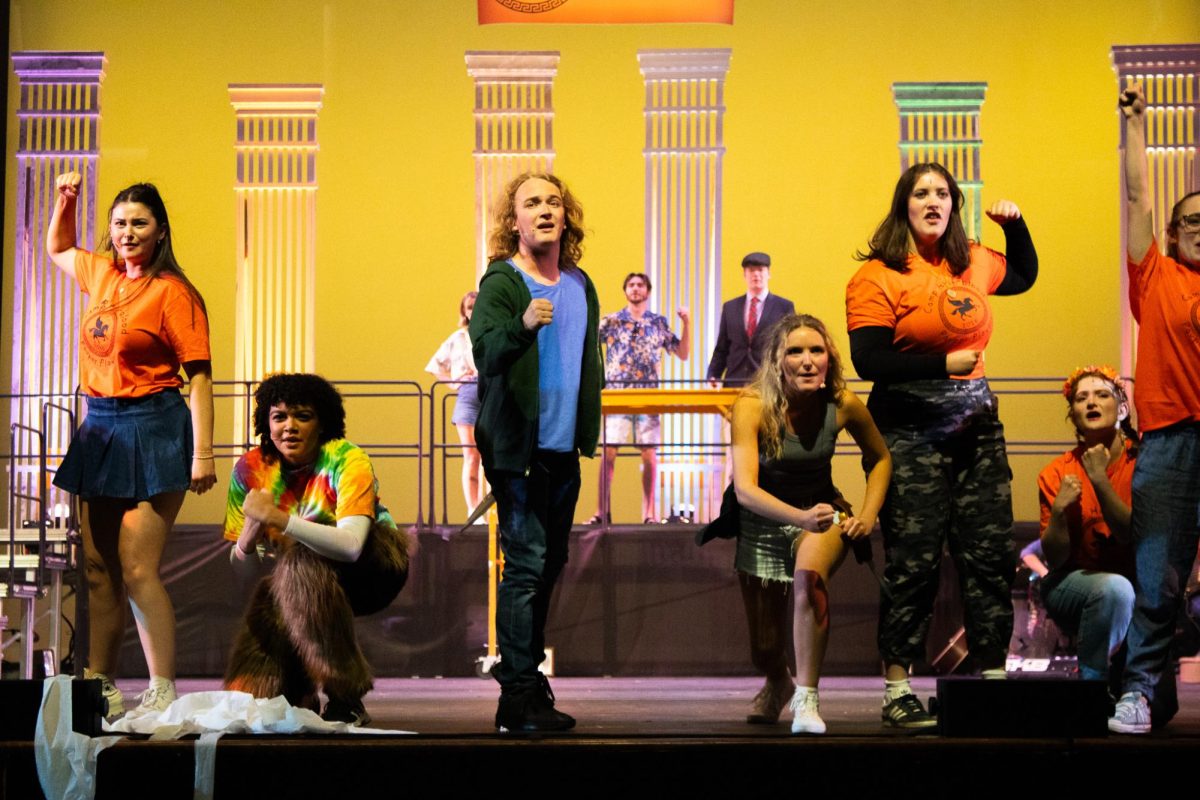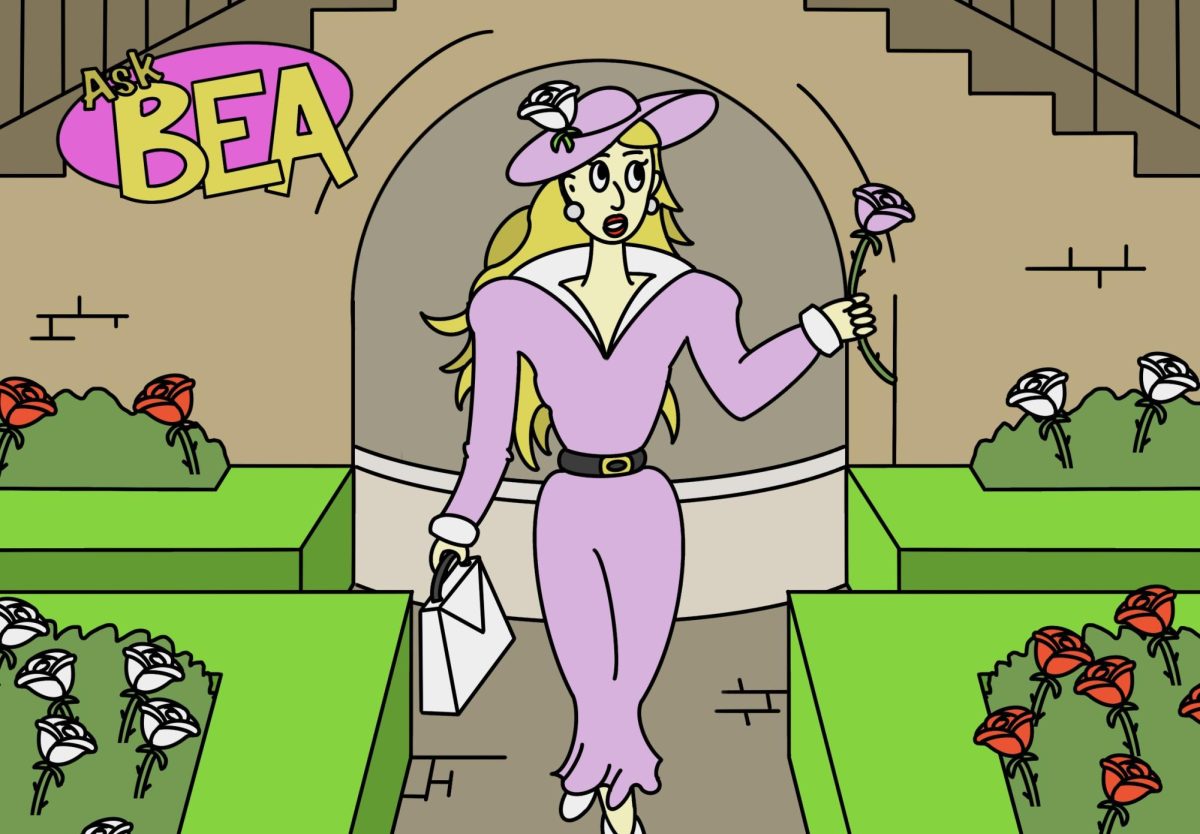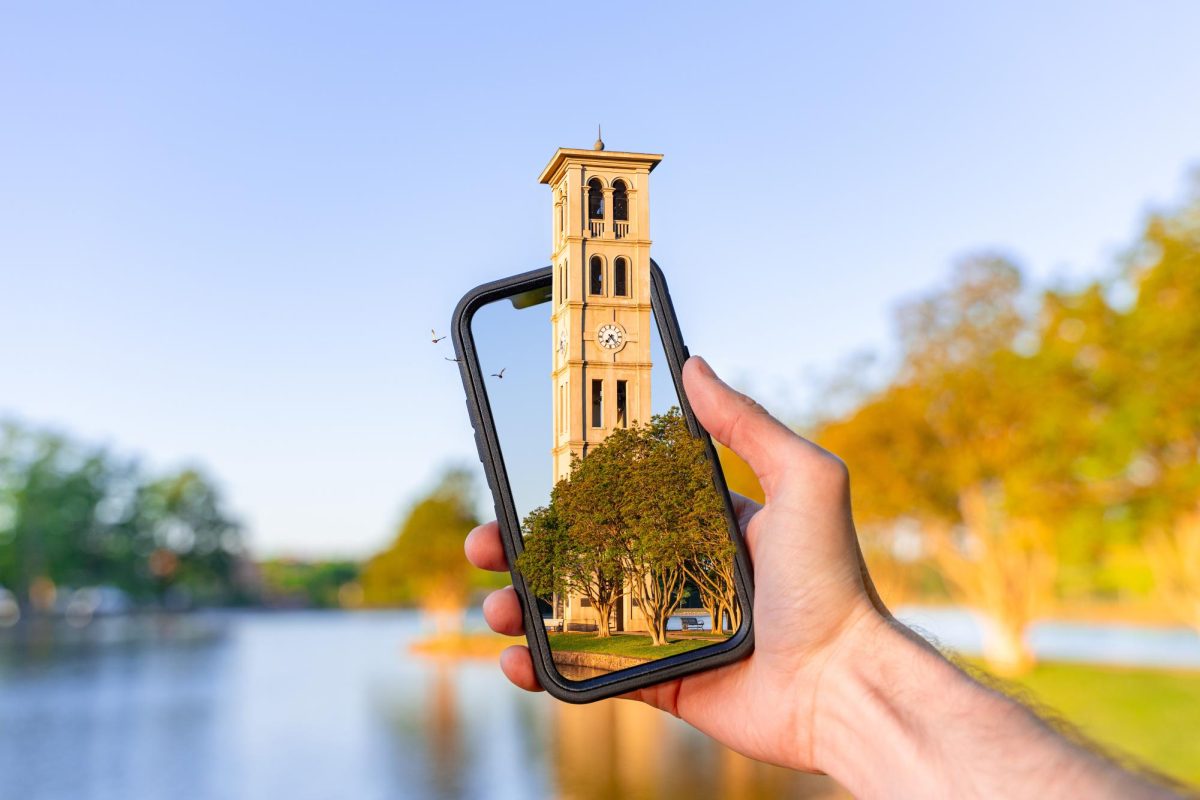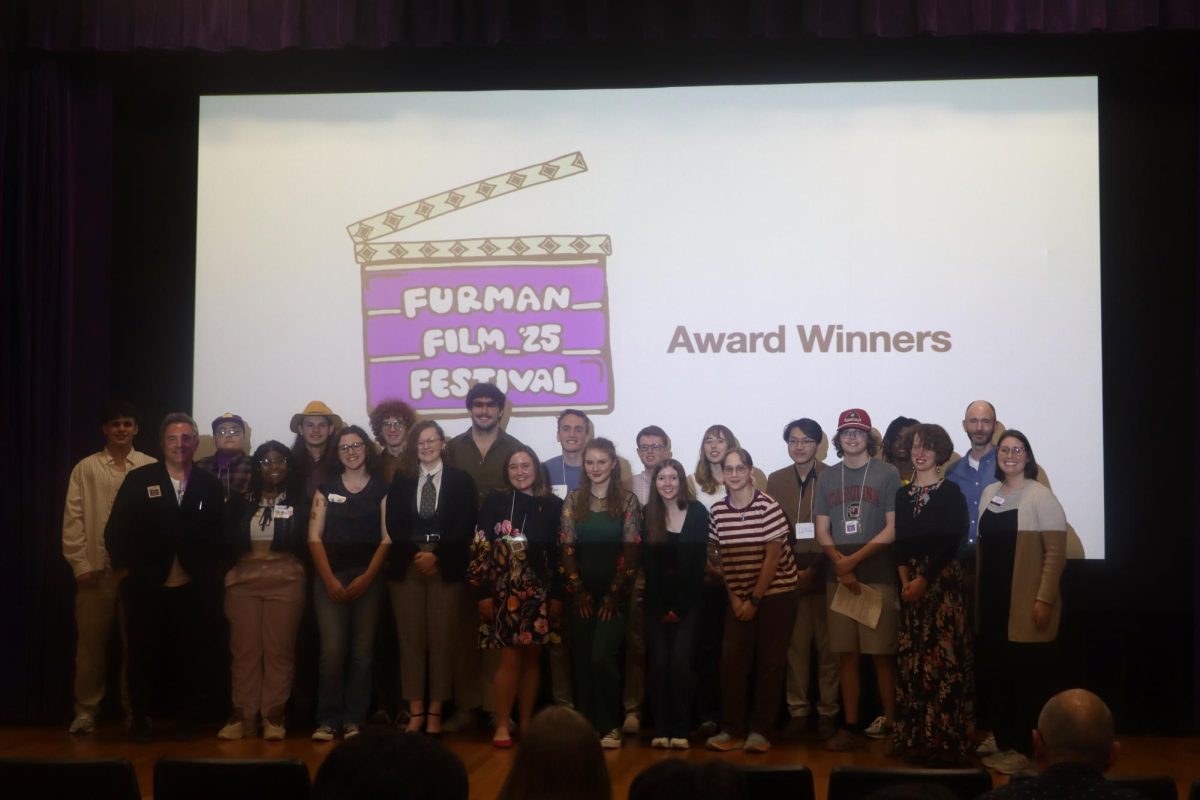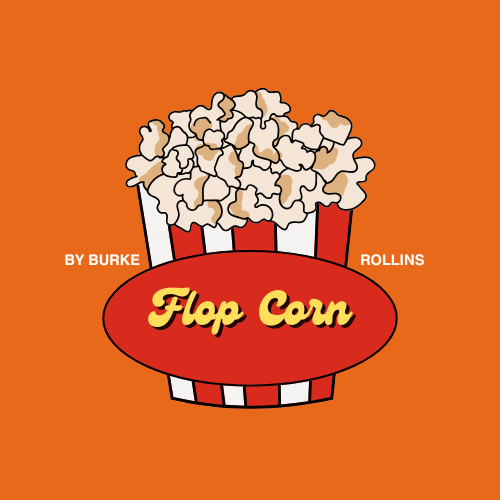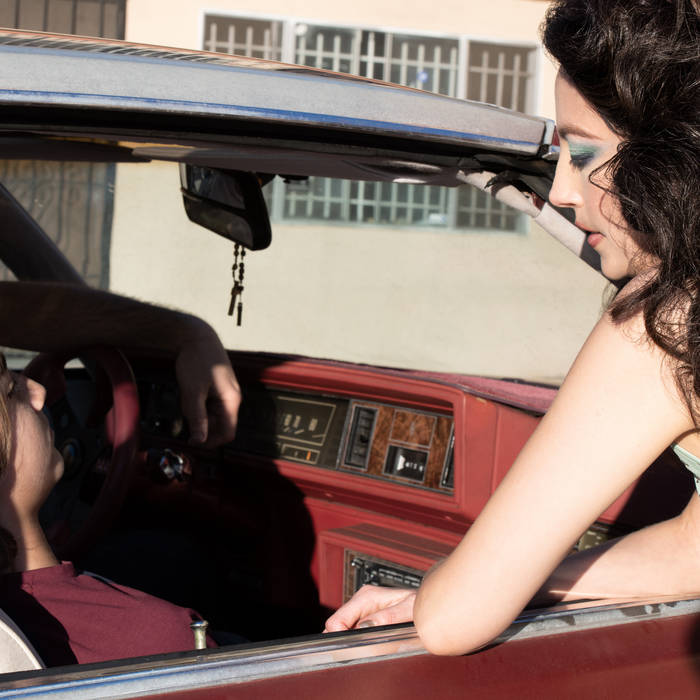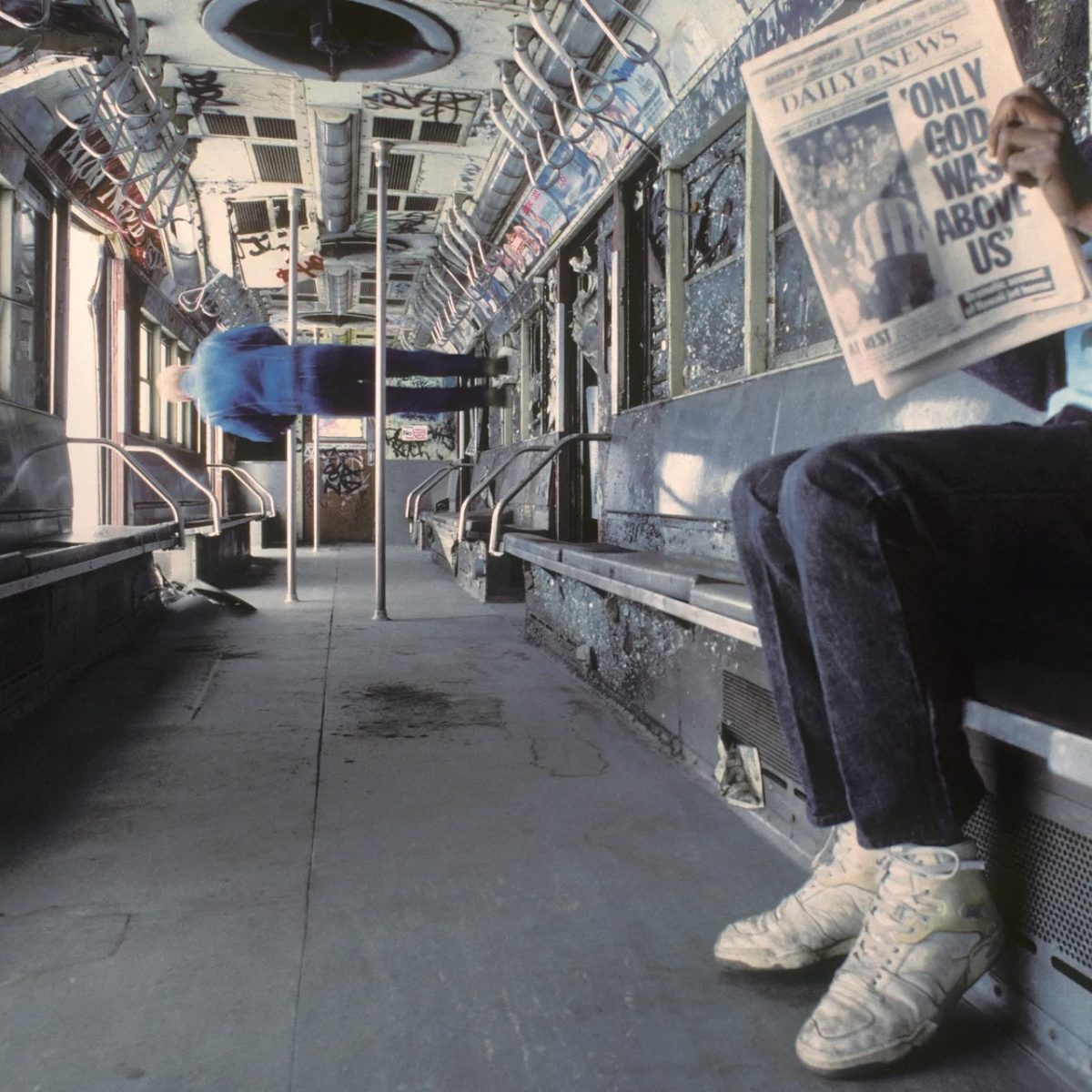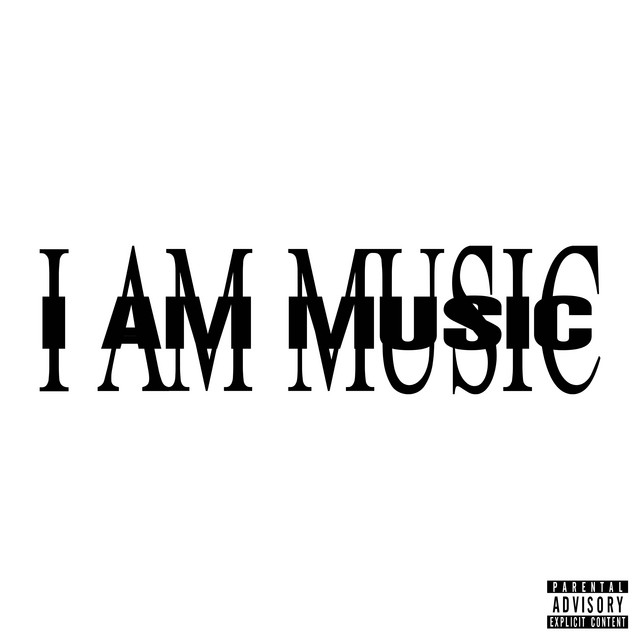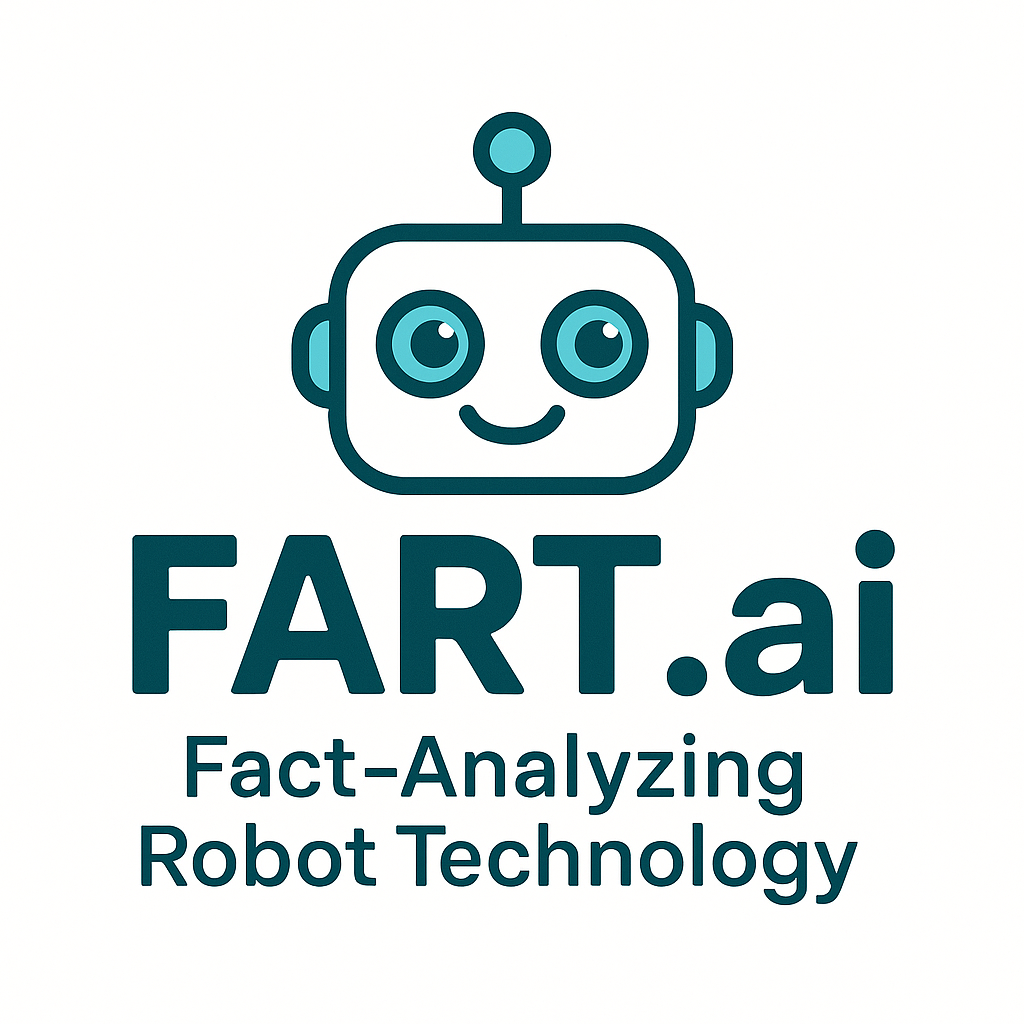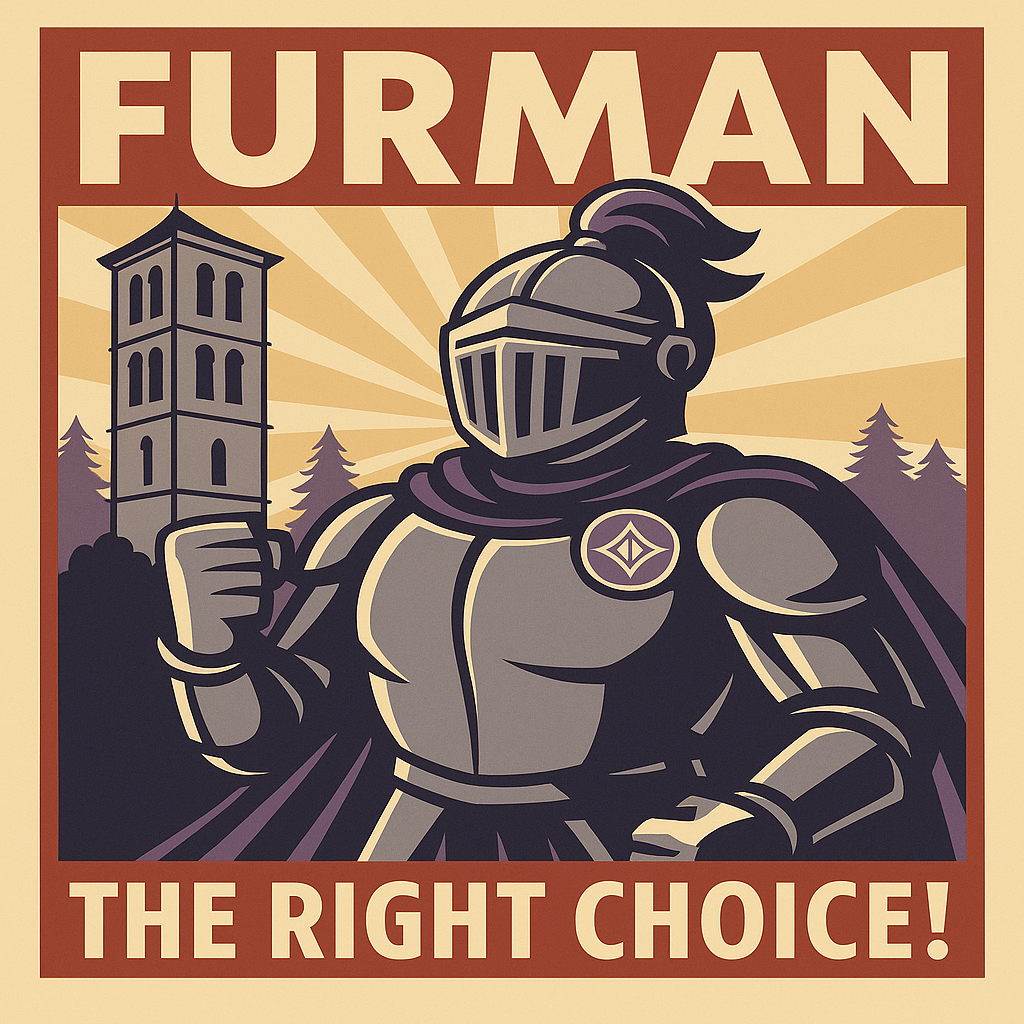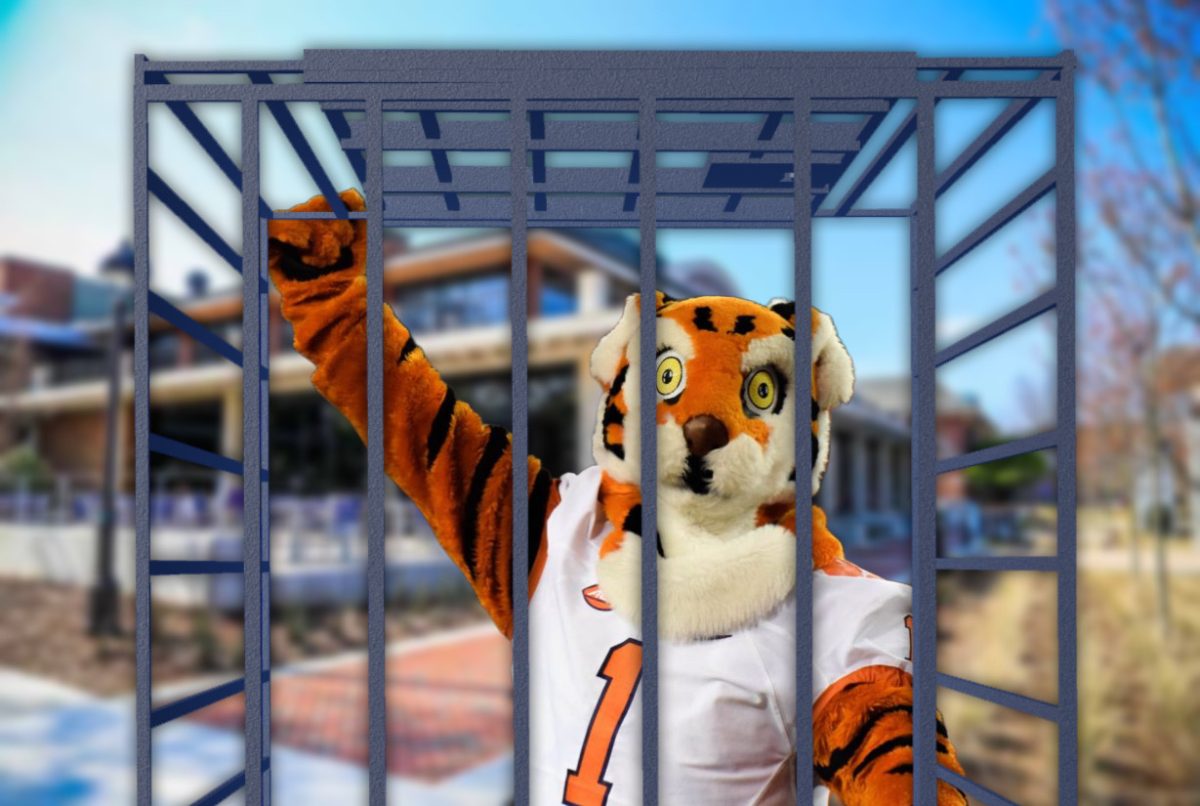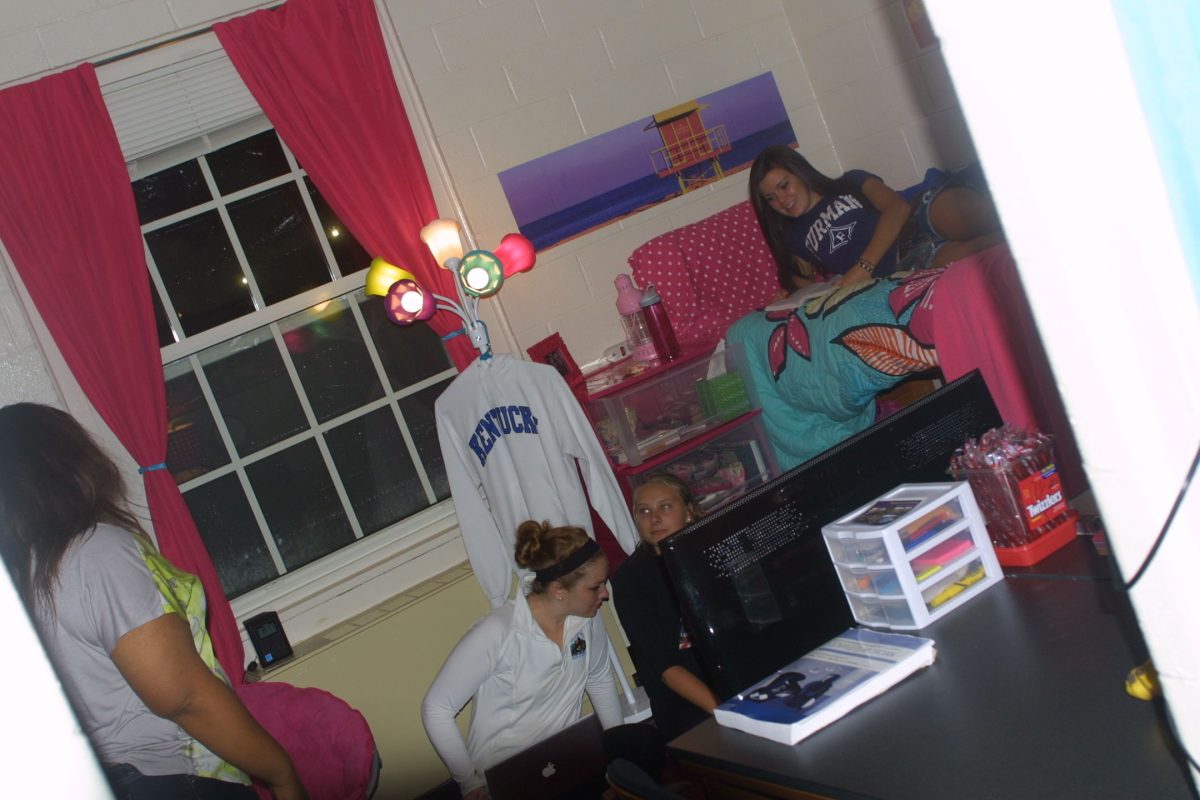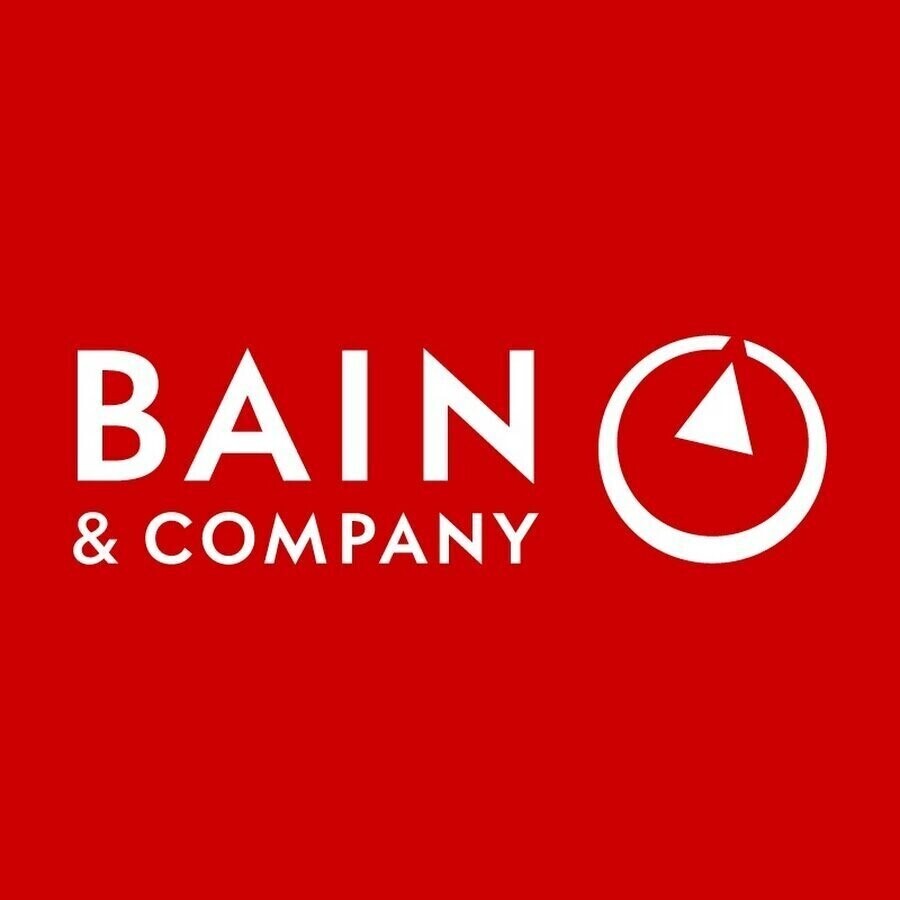Speaking before an audience of 100 students, faculty, and staff at the Younts Conference Center earlier this month, sophomore A.J. Calhoun opened Furman’s inaugural TEDx event with a bold statement about the university’s direction.
“We feel like we are at this catalytic moment, this crossroads in the history of an institution,” he said speaking for the planning team which he led.
That claim would serve as the backdrop for the rest of the evening’s presentations, which touched on a range of issues connected with the event’s theme of “Redesigning Education.”
Called TEDxFurmanU, the event took its name and format from TED, a non-profit organization well-known for producing online videos of talks delivered at an annual academic conference in southern California.
The Furman Creative Collaborative (FCC) independently organized the event in conjunction with the TEDx program, which licenses the TED brand to organizations interested in hosting events at the local level.
University President Rod Smolla delivered a few introductory remarks on the value of a liberal arts education as it related to the event’s emphasis on “design thinking,” which Program Director Michael Robinson defined as “problem solving with a human-centered approach.”
Smolla held up the iPhone as design thinking’s greatest achievement, arguing that the design philosophy of late Apple CEO Steve Jobs, with its emphasis on incorporating both the arts and the sciences, demonstrated the power of integrated liberal arts thinking. Several other speakers would also cite Jobs’s example during the course of the evening.
Presentations from a dozen different speakers, almost all from design firms which work in education, made up the bulk of the event. Keeping with TED’s compacted presentation format, each speaker had 18 minutes to articulate their ideas as powerfully as possible, and most speakers employed a slideshow and video clips. Per TED’s requirements, two of the presentations were videos of talks delivered at the organization’s past conferences.
Though at times heavy on buzzwords (“innovation” and “collaboration” were common refrains), the presentations touched on a wide range of issues in education, from improving classroom design to developing online education and teaching in impoverished communities.
During the presentations, a student artist sketched visual interpretations of the speaker’s main points, including doodles of the speakers and arrows diagramming relationships between ideas, on poster paper taped to the walls along each side of the room. The posters became points of reference during breaks when attendees were directed to split into groups and discuss what they would like to improve about Furman.
The FCC’s contractual agreement with TED limited the size of the first event to 100 attendees, and those who wished to attend were required to apply.
Junior Emily Mitchell, a History major considering a career in education, attended the event and suggested that the application process had drawn attendees enthusiastic about improving education.
“I think because everyone wanted to be there and everyone applied to be there that everyone was really excited,” she said.
Organizers had planned to live stream video of the event to McEachern lecture hall for those who could not attend the event at Younts, but they had to cancel the stream just before the event due to technical difficulties. However, Calhoun said videos of the presentations would be posted on YouTube within the next few weeks.
Robinson said that the FCC chose to work with TED because they believed the brand represented progress and forward-thinking and would help increase the event’s credibility in the eyes of the administration and students.
The FCC received its license to host a TEDx event last spring and began planning in earnest during the fall. Event sponsors included the Student Government Association, the Office of the President, the Furman Alumni Association, Ace Design, and the Shucker Leadership Institute.
Calhoun said that the initial planning process focused on tailoring the event specifically for Furman. He said the chosen theme originated with the FCC’s belief that the university needed to rethink its practices in light of increasing tuition costs and the depreciating value of a university degree.
“We wanted to start conversations about what it means to be a university,” he said. “We should be having an identity crisis, whether or not we are having one.”
Calhoun said he believed the event had been a success and that he had heard only positive feedback from those who had attended.
“I heard someone walk out of the conference and say, ‘I don’t want this to end,’ which was really satisfying for me,” he said.
The FCC has begun planning another TEDx event for next spring on the theme of “Stories.”

